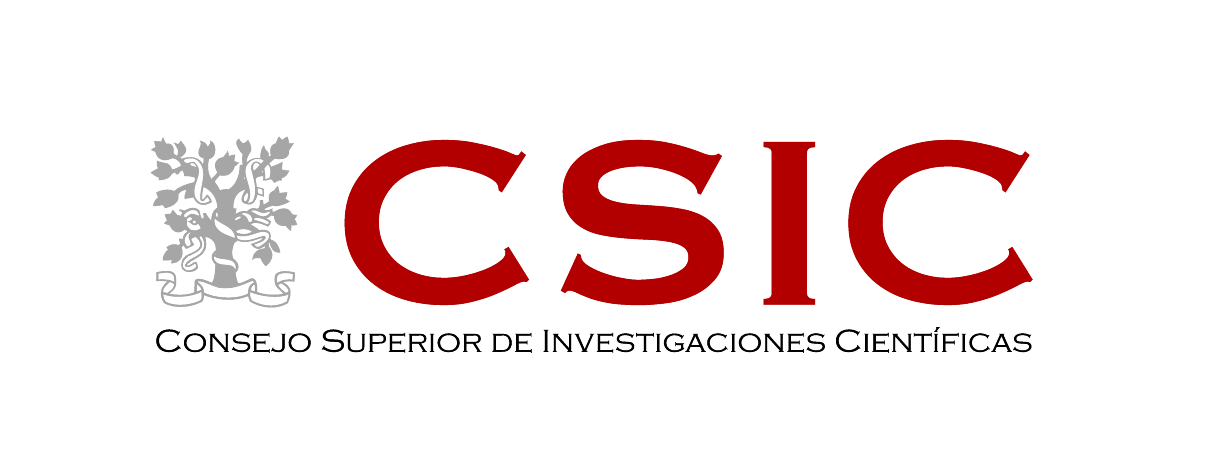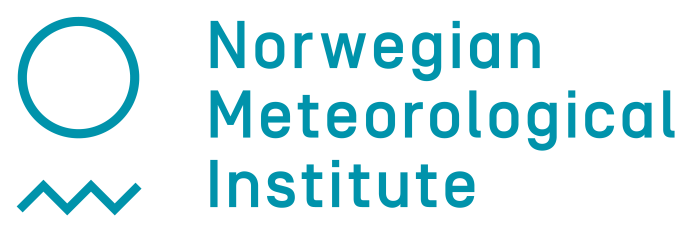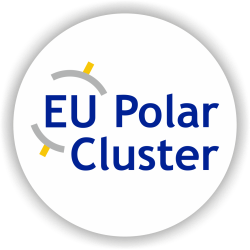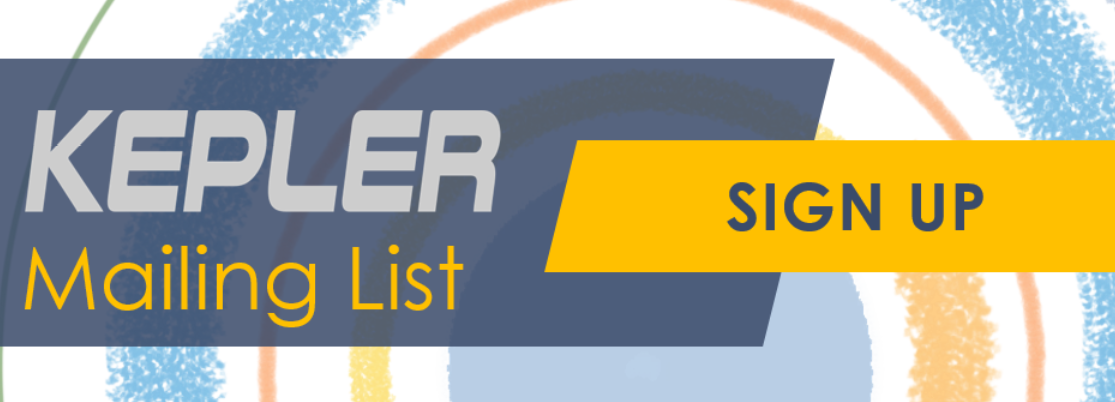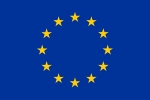WORK PACKAGE 3
Identification of research and capacity gaps
Objectives
Work package 3 aims to both identify the potential for more variables relevant to the Polar Regions to be assimilated into models for simulations and forecasts, and also assess different satellite missions linked to a number of in-situ and airborne observational scenarios. In particular with regard to Copernicus expansion in terms of their benefit for environmental monitoring and with regard to integration/assimilation and the generation of modelling/forecast products.
1) Identify the potential for more variables relevant to the Polar Regions to be assimilated into models for simulations and forecasts.
Status to date: Complete. WP3 have completed a detailed review on current assimilated parameters is performed and identified the limitations. The potential of new variables that are relevant for assimilation into models for simulations and forecasts of conditions in the Polar Regions have been identified. Moreover, a concept for a move forward on data assimilation has been presented. Tasks 3.3 and 3.4 are the main contributors to this objective. For more information on the output of Task 3.3, please view the presentation below, presented at the EO4 Polar workshop.
KEPLER: Assessment on the Status and Improvements for Remote Sensing Polar Monitoring in Copernicus Program– presentation
2) Assess different satellite missions linked to a number of In situ and airborne observational scenarios (in particular with regard to Copernicus expansion) in terms of their benefit for environmental monitoring and with regard to integration/ assimilation and the generation of modelling/forecast products.
Status to date: Complete. WP3 have prepared a comprehensive review of the current status of remotely sensed parameters acquired over Polar Regions and compared them with the products provided by the Copernicus services to identify current data gaps. An assessment of future satellite missions (in particular the HPCMs) has been performed, and feasible synergies between parameters obtained from different satellite missions have been identified to enhance the information content considering the end-users requirements. All tasks of WP3 contribute to this objective.
Tasks
| T3.1 In situ observing systems. | Jeremy Wilkinson |
| T3.2 New and novel in-situ and airborne observation sensors and techniques. | Nick Hughes |
| T3.3 Space-based capability. | Carolina Gabarro |
| T3.4 Integration and assimilation through Quantitative Network Design (QND). | Thomas Kaminski |
Output
Task 3.1 reviews the in situ observations status in Copernicus in order to provide suggestions on how to improve Copernicus’ use of in situ observations. This task is divided into two directions:
- Investigation on the role citizen science can play in the expansion of Copernicus’ in situ monitoring priorities.
- Assessing how the observational research community, both marine and terrestrial, can better contribute with in situ monitoring to the aims of Copernicus Services.
Task 3.2 evaluates the most recent developments in technologies such as e. g., airborne hyperspectral imaging or tomographic radar, bio-optical sensors on autonomous platforms such as ITPs or at multi-sensor ship towed sledge systems. It also investigates whether these technologies are practical for use in an operational context to support Copernicus services either in providing ground truth or for providing an additional source of validation data, considering both the technological viewpoint and the operator longevity standpoint.
Task 3.3 reviews the current polar variables measured with remote sensing, identify the RS data gaps provided by Copernicus and evaluates new parameters provided by the future missions, with special emphasis to the High Priority Candidate Missions (HPCMs). Finally, this task identifies the potential for more variables to be assimilated into models for simulation and forecasts
Task 3.4 evaluates several observational scenarios in terms of their performance in a data assimilation system. In the construction of these observational scenarios, special emphasis is put on the Copernicus Sentinel satellites with particular focus on the HPCMs for expansion of the Sentinel fleet.
WP1 provided WP3 with feedback from the operational maritime community regarding their needs with respect to the current state of Copernicus services and research and satellite capabilities. They also provided recommendations on how the products could be improved to be prepared for changing conditions in the Arctic. WP2 and WP3 worked together with the identification of the parameters currently served by Copernicus, and also on the evaluation of the observational capacities of the HPCMs in terms of providing relevant products for the Arctic.
The recommendations of WP3 were distributed on time to WP5 to progress on the roadmap and all deliverables and milestones have been submitted. This WP is now closed.
Deliverables
| Report | Publication Date | Status |
|---|---|---|
| D3.1 In situ observation gaps | Aug 2020 | ✔ |
| D3.2 New and novel observation sensors and techniques | Nov 2019 | ✔ |
| D3.3 Gaps in terms of space-based capabilities | Aug 2020 | ✔ |
| D3.4 Synthesis report on research and capacity gaps | Aug 2020 | ✔ |
Meetings
Arctic Shipping Forum (Helsinki, Finland, April 2019): METNO, UKRI-BAS
• ESA Living Planet symposium (Milan, Italy 2019): METNO, ULUND, ICM-CSIC, ILab
• IICWG-XX (Copenhagen, Denmark 2019): METNO, ILab
• Arctic Frontiers (Tromsø, Jan 2020): ULUND
• 9th International Workshop on Sea Ice Modelling, Data Assimilation and Verification (Bremen,
2019): METNO, ILab, NERSC
• IAHR 2020 (Japan, September 2020) *Postponed due to Covid-19*
• ESA/EC EO Polar workshop (Copenhagen, Oct 2020): ICM-CSIC, MetNo, ULUND, NERSC
WP3 Posts
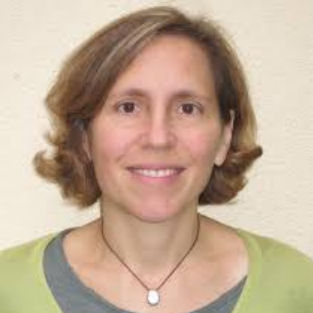
WP3 Leader
Carolina Gabarro, ICM/CSIC
Institutes
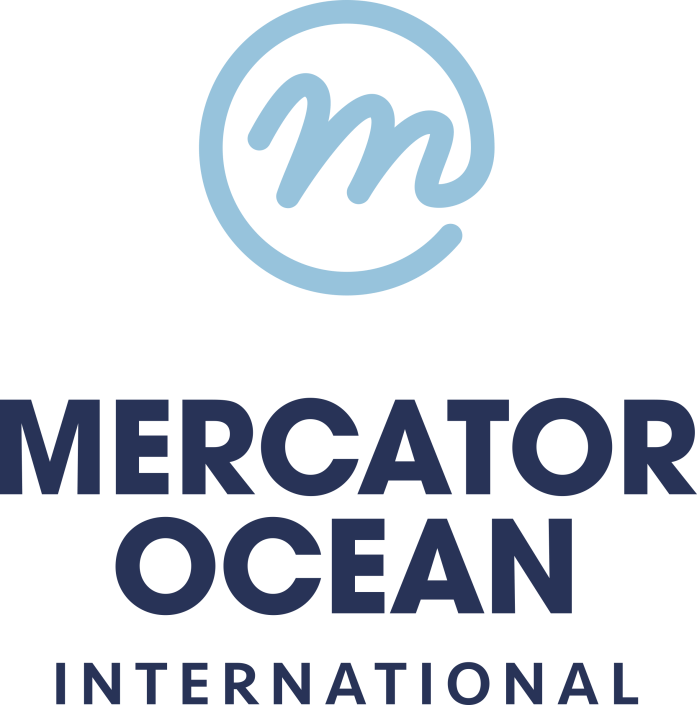
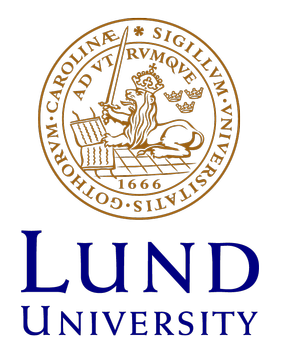

Partners
Verónica González-Gambau ICM/CSIC
Jeremy Wilkinson, BAS
Penny Wagner, MET Norway
Nick Hughes, MET Norway
Marcin Pierechod, MET Norway
Thomas Lavergne, MET Norway
Lief Toudal-Pedersen, EOLAB
Gilles Garric, Mercator Ocean Intl.
Steffen Tietsche, ECMWF
Michael Voßbeck, ILAB
Thomas Kaminski, ILAB
Margareta Johansson, LUND University
Marko Scholze, LUND University
Astrid Bracher, AWI
Wolfgang Dierking, AWI
Annette Samuelsen, NERSC
Laurent Bertino, NERSC
Eirik Malnes, NORCE
Rune Storvold, NORCE
Thomas Diehl, JRC
Frank Kauker, OASYS
Subscribe to the KEPLER mailing list
Get news delivered directly to your inbox.

